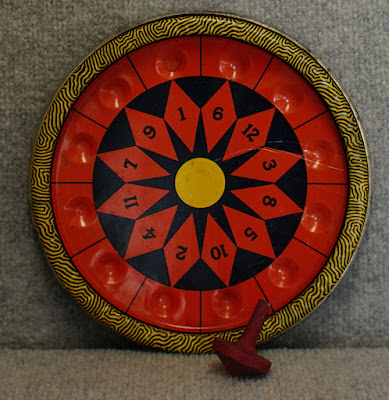Paul Peterson’s Children Still in Touch with Marit Peterson Trosdahl’s Children in the 1960s: How Did My Generation Lose Touch?
Joseph M Trosdahl: 1886-1968
Minnie Paulson Trosdahl: 1891-1961
Randy Peterson: 1899-1965
Thelma Peterson Hansen: 1915-1965
Most of my generation of Paul Peterson’s descendants aren’t
even aware that Paul had two sisters, both of whom had large families. Marit
Peterson Joramo Trosdahl and her family moved to northern Minnesota some time
before 1910. Julia Peterson Joramo Severson moved to South Dakota with her
husband and children a good decade earlier. Both families mostly fell out of
touch with Paul’s side, until their very existence was no longer part of the
oral family history. Many of my cousins think that Paul had only one sibling, a
brother, Jacob Joramo.
After I discovered the existence of Marit and her
descendants a couple years ago, I had assumed that Marit and Paul’s families
had lost touch soon after Marit and her husband Johan Trosdahl moved to Nidaros
Township in Otter Tail County. Paul Peterson and brother Jacob Joramo had
stayed in southern Minnesota, farming in Lake Hanska Township in Brown County
about 200 miles from the Trosdahls. However, this assumption was shattered when
I ran across an obituary from 1961.
Marit and Johan Trosdahl had ten children. The sixth of
their children was son Joseph Mangnus Trosdahl, born October 4, 1886 in Linden
Township, just a couple miles from Paul Peterson’s farm. Joseph was in his
teens when the family relocated to northern Minnesota. He took up farming, and
married a local girl named Minnie Paulson.
Minnie died December 31, 1960, and her funeral was held at
the Nidaros Lutheran Church on January 5, 1961. The Fergus Fall Daily Journal
had a nice funeral write up, with more detail than typical. It included a list
of family and friends who had traveled a long distance to the funeral. Among
this list were two very familiar names, Randy Peterson and Mrs. Leo Hanson of
Minneapolis. Randine and Thelma were my dad’s older sisters. They had driven
172 miles in the middle of a harsh Minnesota winter to attend the funeral of
their first cousin’s wife—an extraordinary effort in that time considering the
quality of cars and the condition of the roads. They must have felt close to
Joseph and his siblings, people my dad didn’t even remember (probably because
they moved away about 15 years before he was born).
 |
| Nidaros Lutheran Church |
Sadly, Thelma and Randine both died just four years later in
1965, and Joseph Trosdahl died in 1968. Trosdahls still live in Nidaros Township, as can be seen on the plat map below--they are likely cousins.
While it was a shock to realize that the two families
maintained communication and connection for many years longer than I had originally
assumed, it was also very comforting. I’m glad family ties survived the miles
through at least one generation. Perhaps a new generation can re-establish the
connection.










